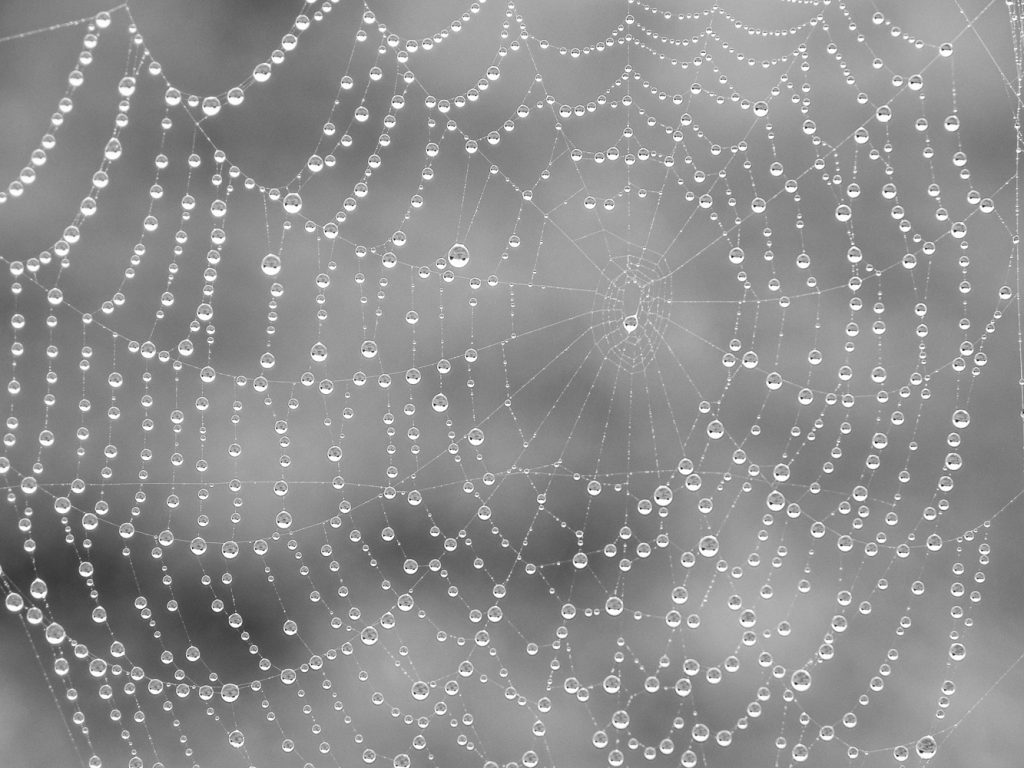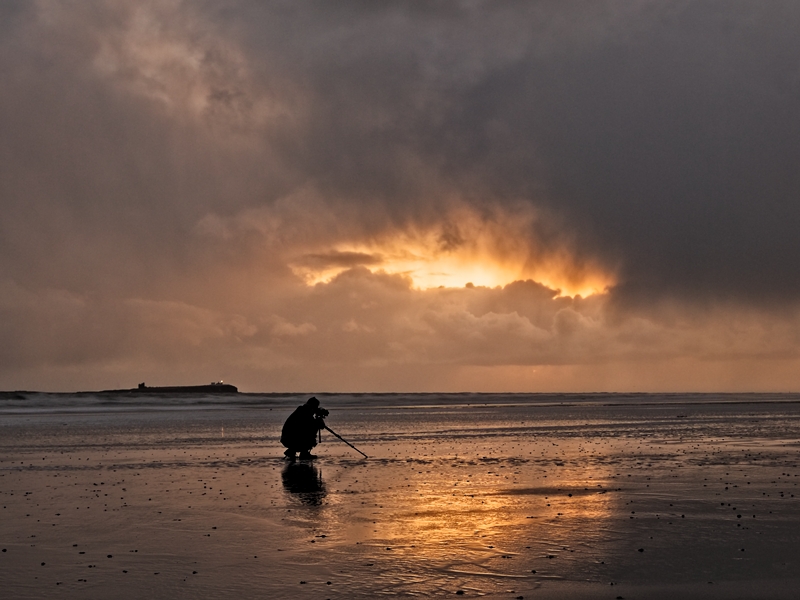
Safety and Photography
16th February 2021When I’m in a gathering of large numbers of other photographers, it seems there are always cameras from one brand going faulty. My family once owned three compact cameras by that manufacturer, they all failed within 18-months. Of course, this is anecdotal. So, is it possible to measure reliability?
The Challenge
It is a difficult thing measuring how reliable different brands are and how many of their cameras go faulty. Firstly, even if they record them, the manufacturers are hardly going to publish those figures. Furthermore, it’s a sure-fire thing that if they did, they would manipulate the results to make themselves look good. Secondly, there are challenges in calculating the fault rates using data from internet search results. I set out trying to do just that. Discovering which cameras gave the worst performance, but it proved a mammoth task and with a disappointing outcome.

Searching the Web
I’m going to start by blowing my own trumpet; I’m good at researching. It’s not something I do professionally, and have never been formally trained, but it’s a skill that comes naturally to me. Friends often contact me to dig up information for their businesses, studies and organisations. So, I was dismayed at how difficult I found it to get a true picture of cameras’ rates of failure.
Boolean searches are skewed both on the worldwide web and on individual websites. There are especially large margins of error when it gets to smaller brands because irrelevant results have a bigger impact. Also, Google and other engines prioritizes results designed to make you buy stuff, so they earn a commission.
The name of the manufacturer affects the results too. The word “Nikon” is unique and so searching that name brings up just results for that brand of camera. However, other brand names are ambiguous. Multiple unintended results appear, especially for Olympus.

False positive search results for Olympus represent a far big proportion of the results than for other brands, because Olympus is a smaller business and the name isn’t unique to Olympus cameras. Searches bring floods of results for other things: a car repair centre Olympus Close in Ipswich, UK; film results for “Olympus Falls”; references to various Mountains called Olympus around the world; Greek mythology; and much more besides all needed filtering out. For my purpose, search engine results were not reliable.
The Fault Problem
Even applying Boolean terms to site specific search engines, some completely ignored the word “fault” or “faulty” from the results for one brand and included it in the results for others.“Fault” is also used a lot by people referring to themselves: “It was my fault that I dropped my Sony,” or about ancillary equipment: “A fault in the tripod’s leg locking mechanism, caused it to tumble over and my prized 850D hit the rocks.” Again, the smallest brands have a greater proportion of their results affected by these false positives.

What’s in a Name?
The difficulties didn’t stop there. Online comments and articles referred to either Fuji or Fujifilm. Others just used the term EOS instead of Canon, and Lumix instead of Panasonic. Consequently, some searches missed results unless I used different search terms. Then, some other results appeared in multiple searches.
Even restricting the search term to, say, “Manufacture, Model, Mark III”, results still appeared for Mark IIs and Mark Is. Then, the Mark IV might get called Mark 4 or MK4 and thus missed from some searches.
On top of all that, writers might refer to the model number without using the brand name or the mark version at all. “My 5D’s mirror fell out” didn’t appear in a search for “Canon 5D Fault”, but it is obvious to most of us that is a reference to that manufacturer.
The internet is a mess.

Putting the Market into Proportion
To give reliable results, I weighted the numbers of reports too. All other things being equal, a manufacturer that holds over 40% of the market would probably have twice as many faulty cameras than one that holds 20%. Historically, the market shares were quite different. Therefore, allowances would need applying to different ages of camera.
The Elephantine Task
After spending a week logging the results of cameras from each brand’s price range, calculating their number of days on the market, then doing lots of research using different search engines, applying weightings to the different search engines (otherwise Google would have drowned out every other result), adjusting the results according to the market each brand held at different times, and filtering out false positives from the results, there were what looked like big differences between the best and worst brands for reliability.

The Reliable But Disappointing Mathematics Results
But then I remembered my school mathematics; I applied standard deviation to the data. Although there was a clear winner, overall, the results were not statistically significant.
Two makes were close enough to the winner for the water to be muddied. Likewise, at the other end of the table, what appeared to be the worst performing brand wasn’t far enough from its closest rivals to say it is definitely worse than those others. In other words, brand A is better than brand D, E or F. But it may or may not be better than brands B or C too. Also, brands D and E may or may not be better or worse than brands C and F.
Therefore, it would be inappropriate for me to recommend brand A or decry brand F because the results are not clear. Sorry.
What about my anecdotal evidence that one brand always seemed to go faulty? My research placed them as brand D; not the best, but maybe not the worst either.
Should There Be Legislation?
Here in the UK, it is an offence for a business to make claims about their products if they are not true. In my last article for FStoppers, (please read it) I suggested that there should be legislation to force manufacturers to guarantee repairs for twenty or thirty years. Perhaps there should also be legislation to force camera manufacturers to guarantee free repairs if the shutter fails short of its estimated life expectancy.
A Lifelong Task?
I will persevere with that research, but I need to spend a lot more time looking at a greater number of models and fine-tuning the searches before I can publish results.
Thank you
Thanks for reading. I’f you’ve enjoyed this article or have something to say about your experiences, please feel free to comment. Or, if you want to get in touch, please contact me.



